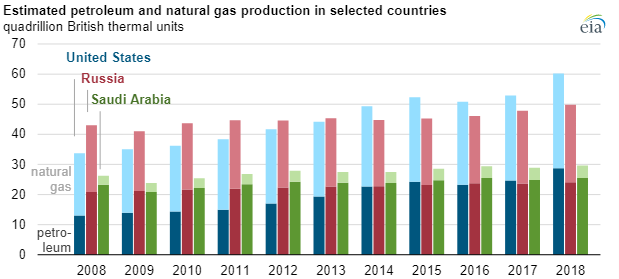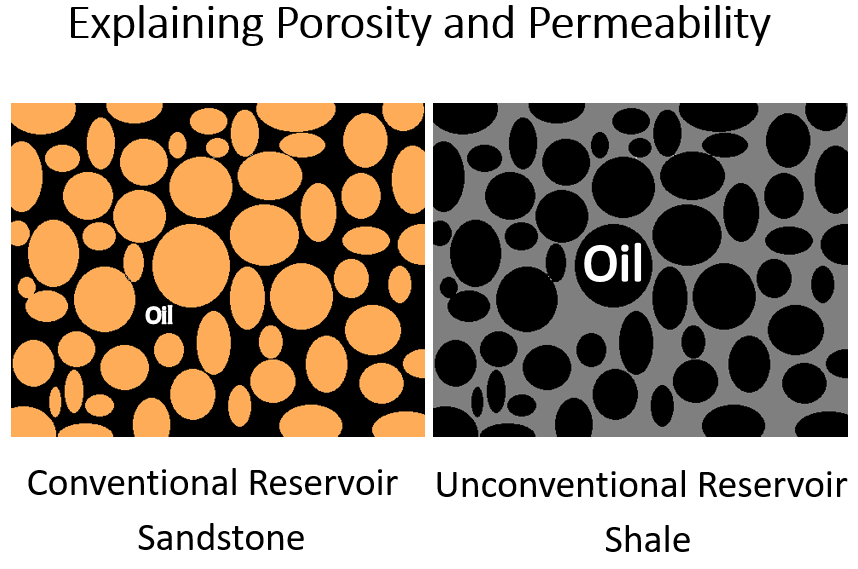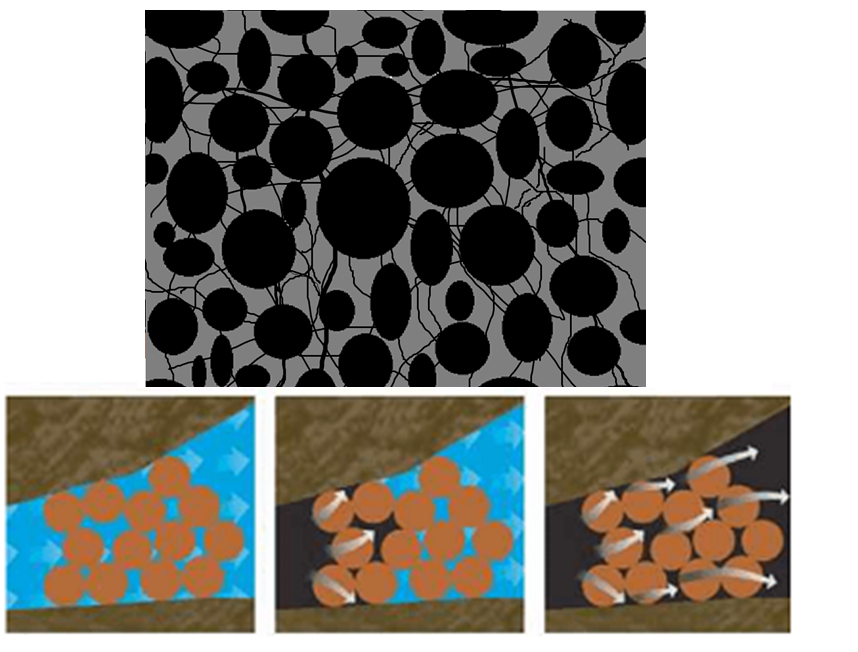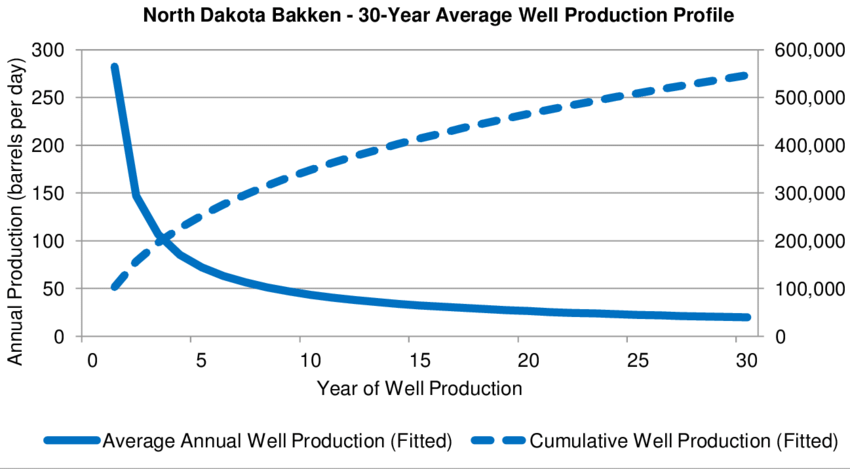What Would a Joe Biden Fracking Ban Look Like? Part One: What is Fracking?
During the Democrat debate on Sunday, March 15, 2020, between Vermont Senator Bernie Sanders and former Vice-President Joe Biden, Vice-President Biden stated that he would allow “no new fracking,” and touted his role in spending $90 billion on the solar industry as part of the Obama administration’s stimulus package.
While the Biden campaign is reportedly trying to walk back this claim, stating that the former Vice-President misspoke, no one can know for sure what Mr. Biden meant, but we can know a fracking ban would have a devastating impact on the American economy, increase the cost of energy, reduce our national security, and probably increase greenhouse gas emissions.
For us to appreciate the full effect a ban on new fracking would have, it makes sense to explain what fracking is, and why it is important. This is especially important to explain in Minnesota, because we have no reserves of oil or natural gas in our state, meaning most of us don’t have first-hand experience with this technology.
What is Fracking and Why Do We Do It?
Hydraulic fracturing, often called “fracking,” along with horizontal drilling technology, is the process of using water, chemical additives, and sand to break apart rocks containing oil and natural gas, allowing these commodities to flow out of the rocks and through the well. The combination of these two technologies has allowed the United States to become the largest producer of oil and natural gas in the entire world.

First, it helps to take a step back and look at the rocks to understand why fracking is being employed to increase oil and gas production. Traditionally, oil and gas producers pumped these valuable commodities from sandstone reservoirs, which are both porous (meaning there are holes in the rock), and permeable, meaning the holes are interconnected, allowing the oil and gas to flow easily around the sand grains in the sandstone.

Now, oil and gas producers are extracting oil and gas from a rock known as shale, which is porous, with lots of little holes filled with oil and natural gas, but it is not permeable, because these pockets are not interconnected. This presents a problem, because it keeps the oil and natural gas from easily flowing through the well and up to surface.
Whereas conventional drilling consisted of drilling a well straight down into a sandstone reservoir, fracking consists of drilling a well straight down, and turning it 90 degrees to place the well bore into rocks that have lots of oil and natural gas.

Water, sand, and chemical additives are then pumped at high pressures into the horizontal well bore, causing the rocks to crack, essentially creating connections between the pockets of oil and natural gas. The sand in the mixture act like pillars at the Parthenon, keeping the cracks from closing once the pumping stops, and allows the oil or gas to freely flow through the rock.

Why A Biden Ban on “New Fracking” Would be Bad
Despite the rhetoric of Mr. Sanders or Mr. Biden about banning fracking immediately, they don’t have the power to do that because most fracking occurs on private land. However, they can do everything in their power to weaponize the federal bureaucracy kill the industry through a death by one-thousand cuts. This is what happened during the Obama administration, where the administration unnecessarily delayed pipeline construction, and attempted to impose arduous new rules on drilling.
If Mr. Biden were to try and “ban new fracking” by strangling the oil and gas industry with a flurry of new regulations, it would result in a rapid decline in U.S. oil and natural gas production because fracking wells produce the vast majority of their hydrocarbons during the first two years of the well’s active life, as you can see in the graphic below. Production falls dramatically during this time, even though the well can continue to produce smaller quantities of oil for decades to come.

This is what essentially makes a ban on “new fracking” a ban on all fracking. As production declines in existing wells, new wells must be drilled in order to replace the lost production. Without the ability to drill new oil or gas wells in the a well is drilled vertically down to a depth that is commonly thousands of feet below the surface.